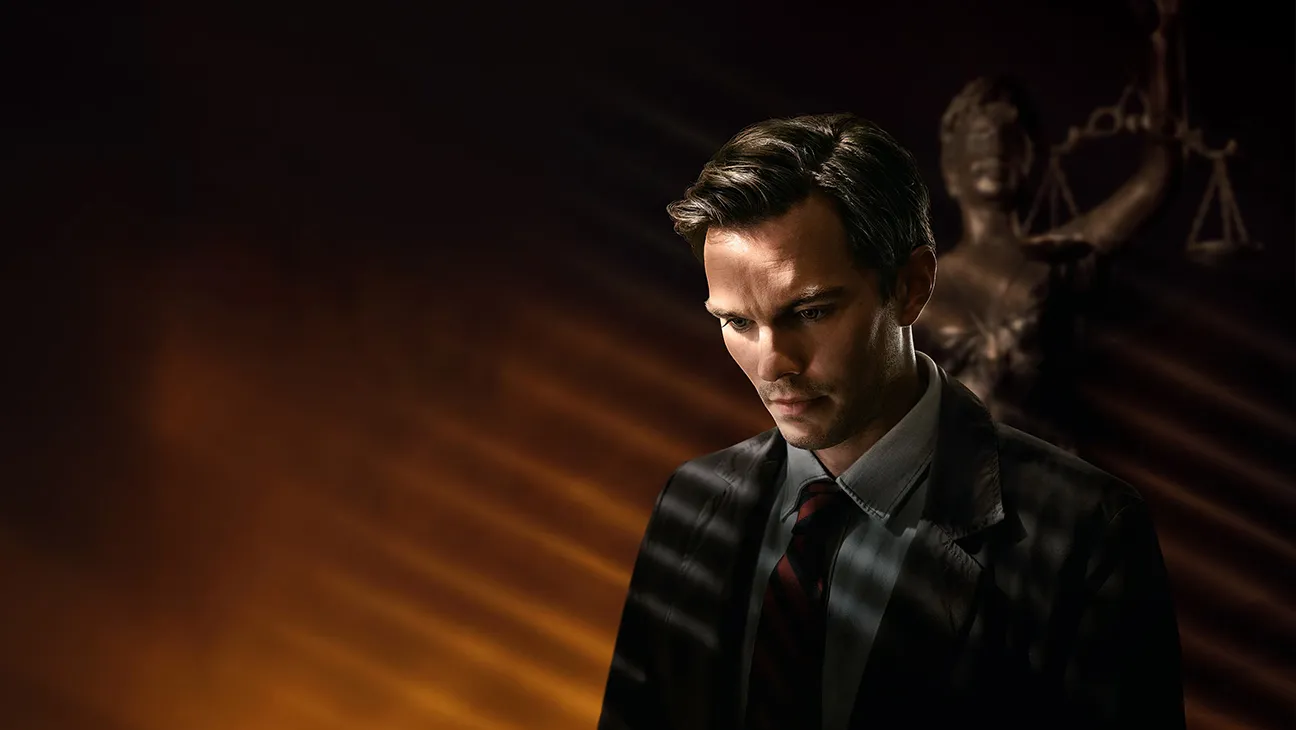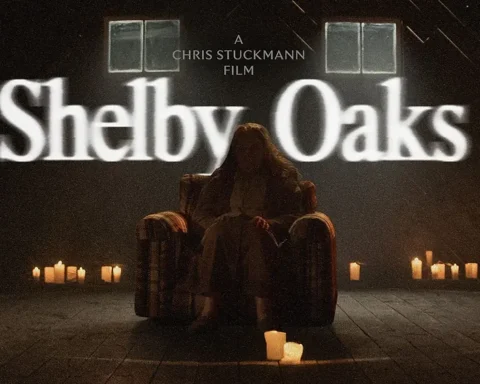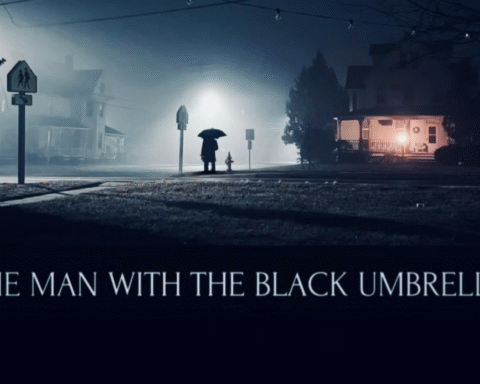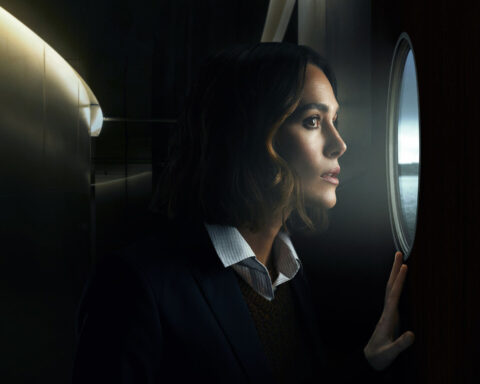Clint Eastwood’s “Juror #2” emerges as a compelling addition to his extensive directorial oeuvre, offering a nuanced critique of the American criminal justice system. At 94, Eastwood demonstrates an undiminished capacity to craft thought-provoking cinema that interrogates societal institutions and individual morality.
Narrative Structure and Thematic Exploration
“Juror #2” centers on Justin Kemp (Nicholas Hoult), a juror in a murder trial who becomes increasingly convinced of his own culpability in the crime under deliberation. This premise serves as a conduit for Eastwood to delve into themes of guilt, justice, and the fallibility of legal systems. The film’s structure oscillates between courtroom drama and psychological thriller, employing flashbacks to unravel Justin’s fragmented memories of the night in question. This narrative device not only heightens suspense but also underscores the subjective nature of truth and memory.
Eastwood’s portrayal of the courtroom eschews sensationalism in favor of a more subdued, realistic depiction. The legal proceedings are presented with a procedural authenticity that reflects the often monotonous and meticulous nature of real-life trials. This approach allows the film to focus on the moral and ethical dilemmas faced by its protagonist, rather than relying on dramatic courtroom theatrics.
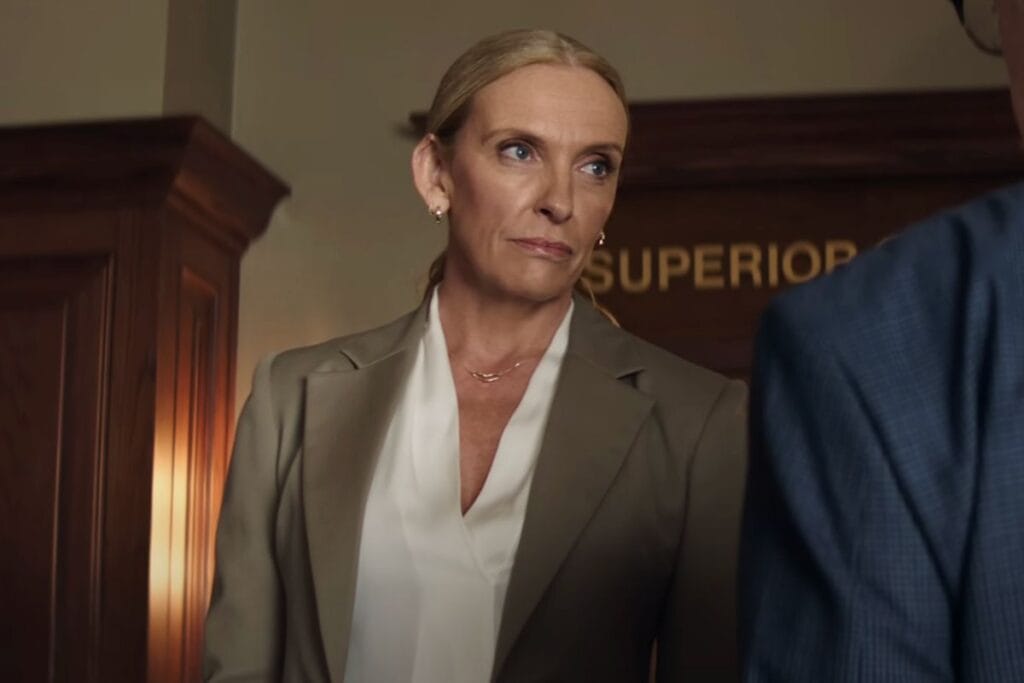
Character Development and Performances
Nicholas Hoult delivers a nuanced performance as Justin Kemp, capturing the character’s internal conflict and growing paranoia with subtlety and depth. Hoult’s portrayal effectively conveys the psychological toll of Justin’s predicament, as he grapples with the possibility of his own guilt while serving as a juror tasked with delivering a verdict on another. This internal struggle is further complicated by his personal life, including his relationship with his pregnant wife, Allison (Zoey Deutch), adding layers of complexity to his character.
Toni Collette’s portrayal of prosecutor Faith Mullen adds a compelling dynamic to the courtroom scenes. Her character’s ambition and political aspirations introduce an additional layer of complexity to the narrative, highlighting the interplay between personal motives and the pursuit of justice. Collette’s performance is marked by a restrained intensity, effectively conveying the character’s determination and underlying ethical ambiguities.
The supporting cast, including J.K. Simmons as a retired police officer serving on the jury, and Kiefer Sutherland as Justin’s AA sponsor, contribute to the film’s exploration of moral complexity. Simmons’ character brings a sense of gravitas and authority to the jury deliberations, while Sutherland’s role provides insight into Justin’s personal struggles and quest for redemption.
Cinematic Techniques and Aesthetic Choices
Eastwood’s directorial style in “Juror #2” is characterized by its restraint and focus on character-driven storytelling. The film’s visual aesthetic is marked by a muted color palette and understated cinematography, reflecting the somber themes and moral ambiguities at the heart of the narrative. This minimalist approach allows the performances and screenplay to take center stage, emphasizing the psychological and ethical dimensions of the story.
The use of flashbacks is particularly effective in creating a sense of disorientation and uncertainty, mirroring Justin’s fragmented recollections of the night of the crime. These sequences are seamlessly integrated into the narrative, providing crucial context and gradually revealing the truth as Justin perceives it. The non-linear structure challenges the audience to piece together the events alongside the protagonist, fostering a deeper engagement with the film’s central mystery.
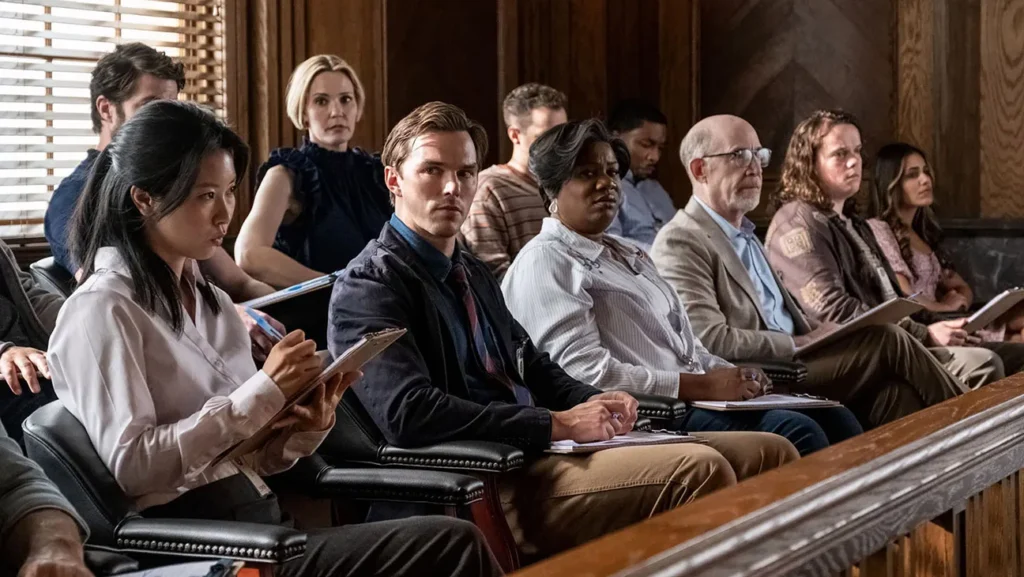
Critical Reception and Cultural Impact
“Juror #2” has garnered generally positive reviews from critics, with particular praise for its thematic depth and Hoult’s performance. The film holds a favorable rating on Rotten Tomatoes, with critics commending its moral complexity and Eastwood’s assured direction. Some reviewers have noted that while the film may not reach the heights of Eastwood’s most acclaimed works, it stands as a solid and thought-provoking addition to his filmography.
The film’s release strategy, however, has been a point of contention. Warner Bros. opted for a limited theatrical release, with the film opening in only 35 theaters across the United States. This decision has sparked discussions about the studio’s confidence in the film’s commercial prospects and the broader challenges facing mid-budget, adult-oriented dramas in the current cinematic landscape. Despite the limited release, “Juror #2” has managed to generate a modest box office performance, particularly in international markets such as France, where it grossed $3.1 million in its opening weekend.
Philosophical Underpinnings and Ethical Dilemmas
At its core, “Juror #2” is a meditation on the nature of justice and the moral responsibilities of individuals within the legal system. The film raises pertinent questions about the reliability of memory, the potential for self-deception, and the ethical obligations of jurors who are, themselves, fallible human beings. Justin’s journey reflects a broader existential inquiry into the search for truth and the complexities inherent in moral decision-making.
The film also critiques the adversarial nature of the legal system, where the pursuit of victory can sometimes overshadow the quest for truth. This is exemplified in the character of Faith Mullen, whose prosecutorial zeal is intertwined with her political ambitions, suggesting that personal motivations can complicate the administration of justice. Eastwood’s portrayal of the courtroom as a battleground of competing interests underscores the inherent tensions within the legal process.
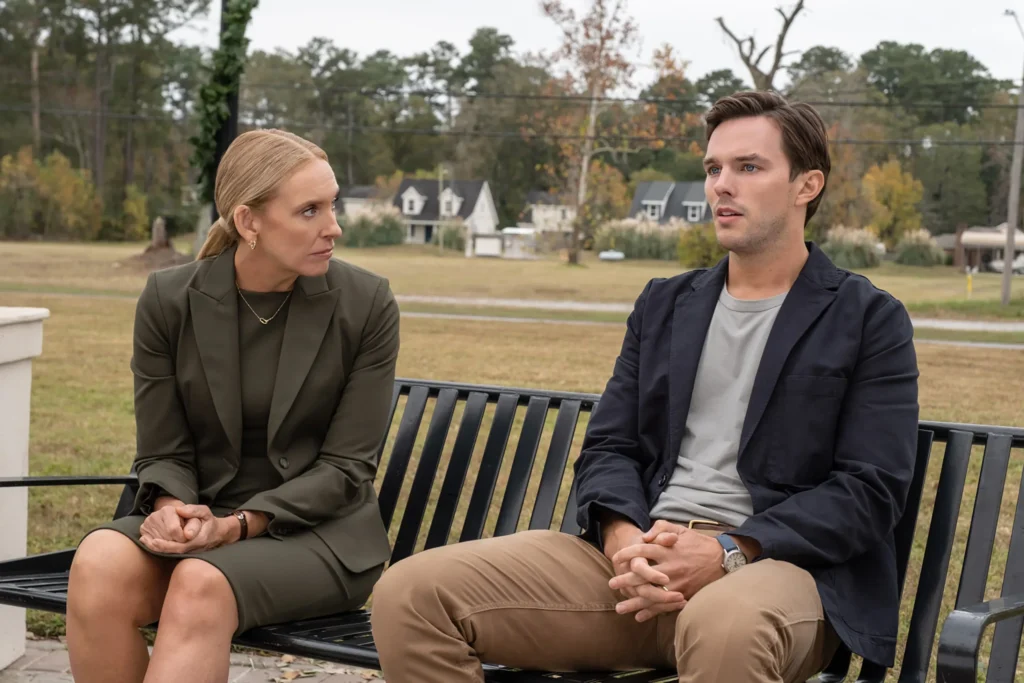
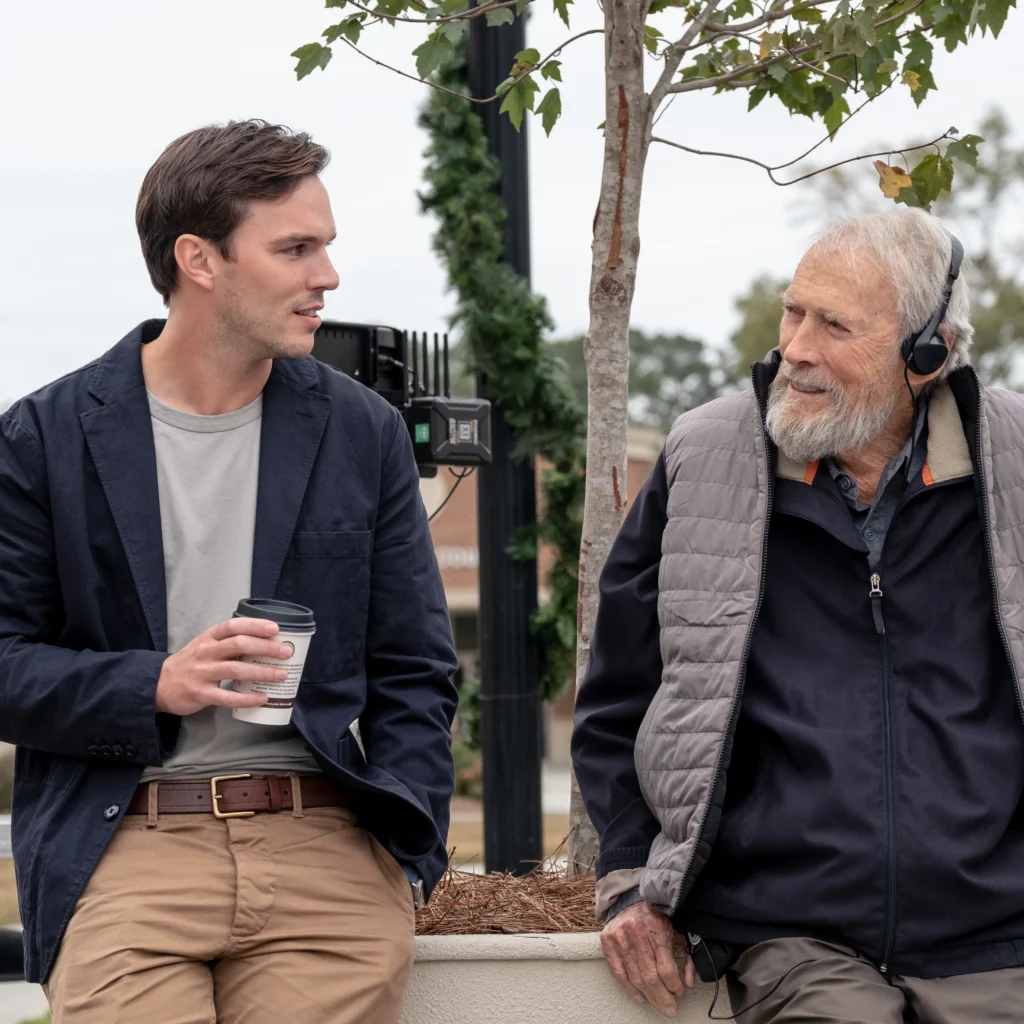
A Testament of Eastwood’s Craftmanship
“Juror #2” stands as a testament to Clint Eastwood’s enduring ability to craft films that engage with complex moral and societal issues. Through its intricate narrative, compelling performances, and philosophical depth, the film offers a reflective and critical examination of the American criminal justice system and the individuals who operate within it. As Eastwood’s potential final directorial effort, it encapsulates the thematic concerns that have pervaded his career, serving as a fitting coda to a remarkable cinematic journey.
In an era where the film industry is increasingly dominated by franchise spectacles, “Juror #2” is a reminder of the power of cinema to provoke thought and illuminate the human condition. It challenges audiences to reflect on their own perceptions of justice and morality, leaving a lasting impression that resonates beyond the confines of the screen.
